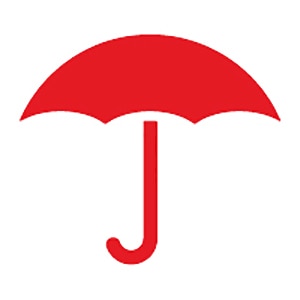
Pellet Stove Safety

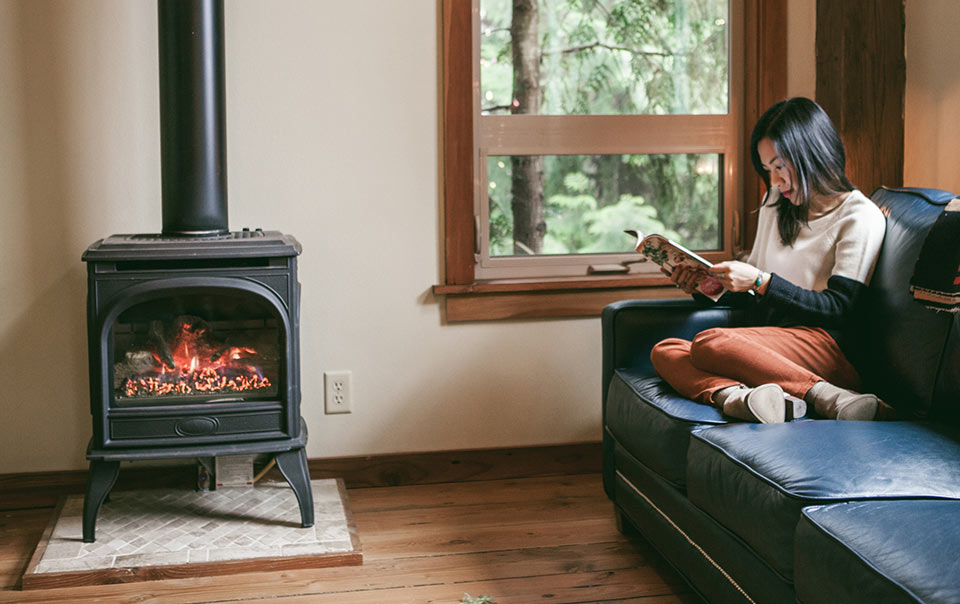

It is common for many homeowners to use a pellet stove as a primary or secondary heat source during the cooler months. While these types of stoves can be convenient and economical, it is important to follow some critical guidelines and safety precautions when installing and operating pellet stoves.
First, the pellet stove installation should only be performed by a licensed and/or certified professional installer. (See National Fireplace Institute: http://nficertified.org). Improper installation can potentially lead to fire, smoke damage, and/or carbon monoxide (CO) poisoning. Make sure your installer obtains a permit when installing a pellet stove. This will help ensure that the installation is done properly and will meet current building codes.
Safety Precautions for Pellet Stoves
- Avoid burns. Be careful when you are near your pellet stove, especially near the glass on the front. You may want to take precautions for younger children (and pets) who are at greater risk of getting burned.
- Install CO detectors to alert you to potentially dangerous carbon monoxide levels.
- Dispose of ashes safely. Place ashes in a metal container with a lid. Do not put ashes in garbage cans or near combustible items. Store the containers outside and away from the house.
- Inspect it regularly. Inspect or have your stove inspected to help ensure it is functioning properly. Look for pellet burn back, which occurs when the fire burns back into the hopper. Confirm that you are using the correct fuel type recommended by the manufacturer. Inspect your combustion chamber for damage and look for corrosion or damage to the vent. Also, be sure to keep the stove at least three or more feet away from combustibles.
- Follow the manufacturer’s instructions for use and maintenance, and schedule routine maintenance to be performed by a professional.
- Use only recommended pellets. Use the type of pellets indicated in the manual (premium, standard and all others – classified by ash content) to help your stove operate safely and efficiently. Poor efficiency creates more smoke.
What If the Power Goes Out?
Pellet stoves require electricity to feed pellets into the stove and to run fans, so your pellet stove will not provide heat without a source of electricity. A power outage can cut the air supply and can cause smoke to pour into the house. If the power goes out, make sure your stove has a battery backup to keep fans running long enough to consume the pellets in the combustion chamber. Consider using a surge protector to help protect the electronic controls on your pellet stove from voltage surges associated with power fluctuations or other grid disruptions.
Buying Used Pellet Stoves
If you purchase a used pellet stove or move into a home that has a pellet stove already installed, be sure to have a professional fully inspect the unit and the chimney before you use it. Pre-existing damage or older technology could start a fire or cause smoke damage.
More Prepare & Prevent
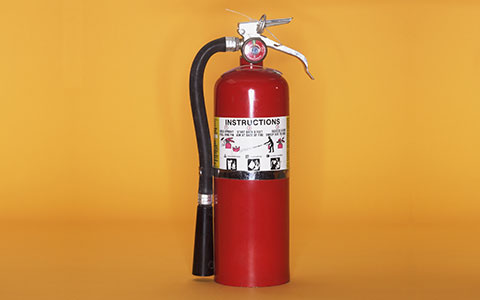
Types of Fire Extinguishers
Do you know which fire extinguisher to use, and when? Learn the types of fire extinguishers and the different kinds of fires they fight.
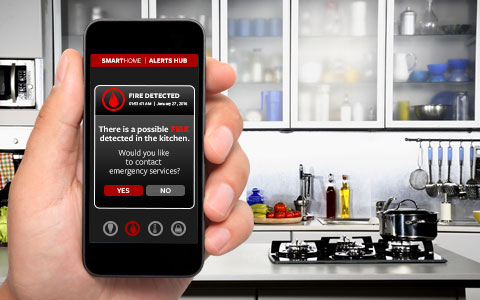
Smart Home Technology in Fire Prevention and Detection
The advancement of smart home technology has brought new ways to help prevent fires in your home.
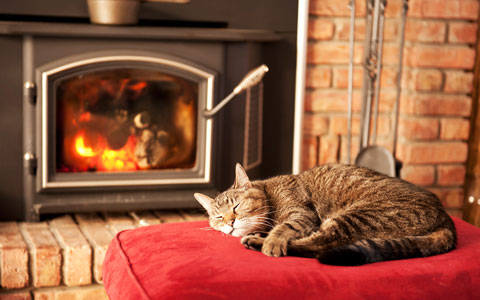
Wood Stove Safety Tips
Choosing the right wood stove and properly maintaining and using it are key to wood stove safety.